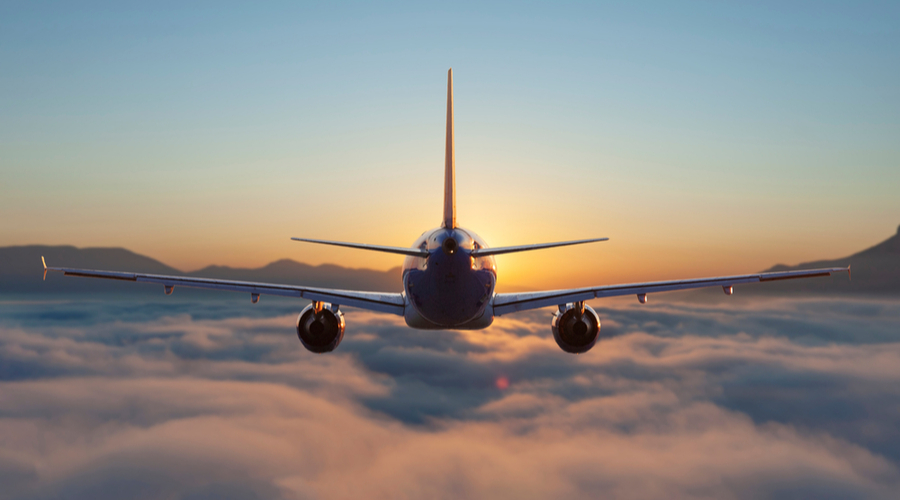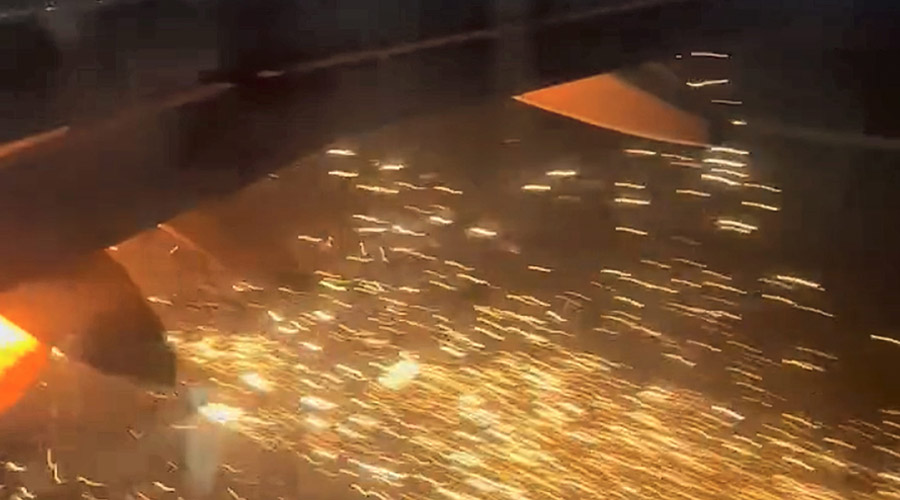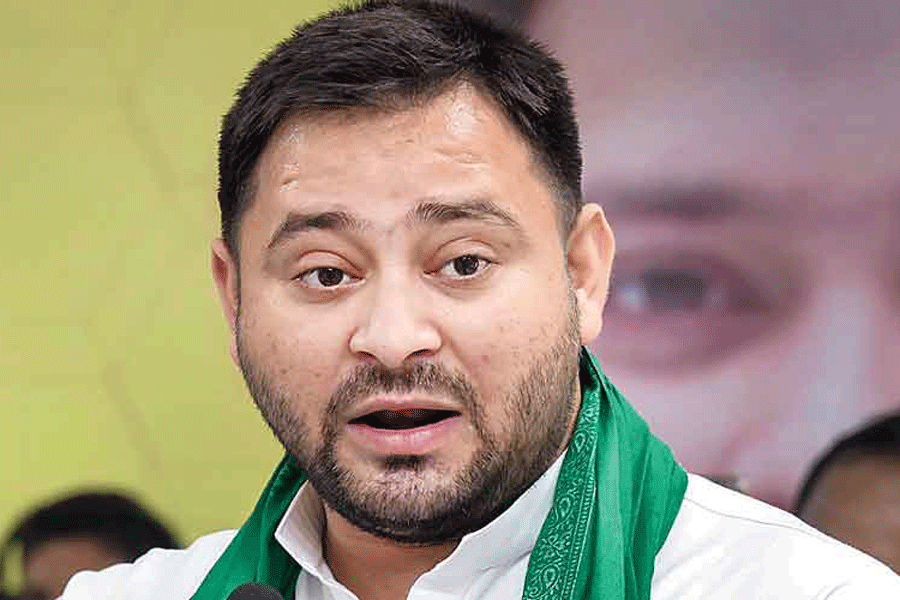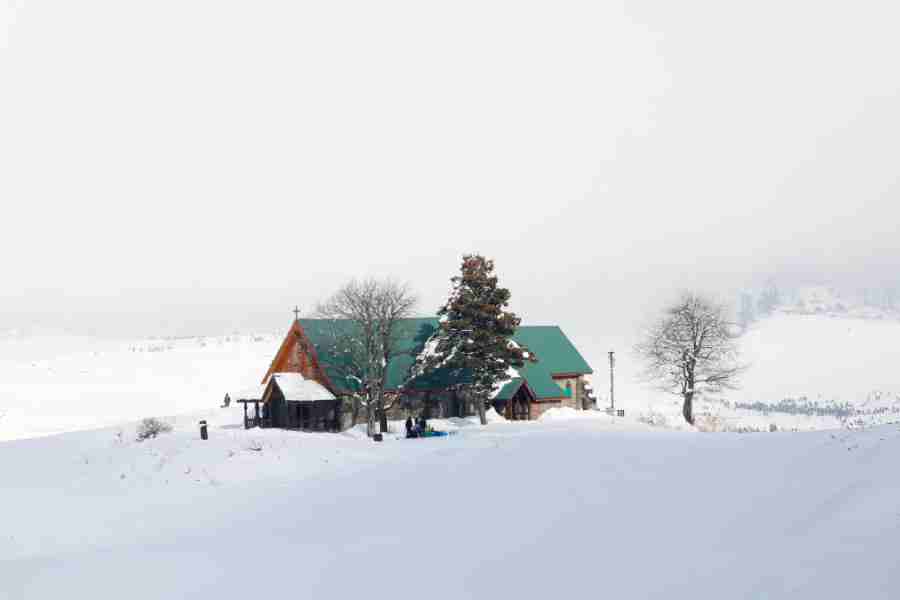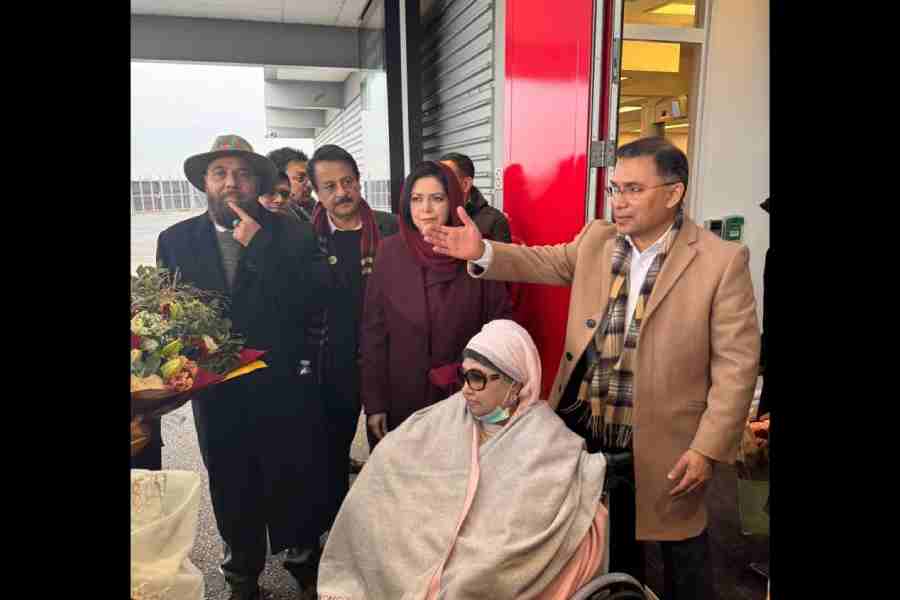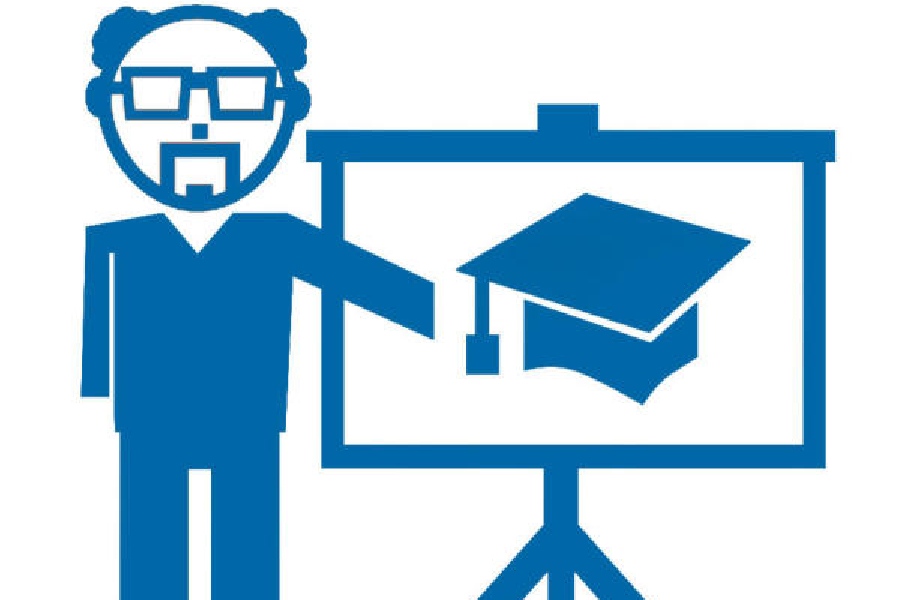Aviation regulator DGCA has put in place various measures to enhance the monitoring of flying training organisations, including the installation of high-resolution cameras in their premises to keep track of the training activities.
Besides, the watchdog has directed that the Flying Training Organisations (FTOs) should monitor and record data of training flights, and at least 25 per cent of the flight data should be analysed on a daily basis.
The move also comes against the backdrop of incidents involving training flights as well as instances of certain individuals not following the authorised flight plan during training.
There were 35 FTOs at the end of August this year.
In a circular, the Directorate General of Civil Aviation (DGCA) said the objective is to enhance oversight over flying and ground training activities of FTOs for improving the safety of operations as well as the training quality.
All the FTOs should install cameras of high resolution on their premises to ensure proper visibility of flying training activities. The cameras should cover the apron area, hangar, taxiway and runway, classrooms, examination room and areas where the flights are authorised in the flight authorisation register, as per the circular issued on November 22.
FTOs have to ensure that the cameras are operational within 90 days.
With respect to flight data monitoring in a training aircraft, DGCA said the safety manager concerned should "carry out flight data analysis of at least 25 per cent of the FTO on daily basis and maintain a record of analysis".
Many planes available for flying training are equipped with a glass cockpit that has a provision for recording flight and/or fitted with ADS (B), which can also monitor the path followed by the aircraft.
"FTOs operating with aircraft equipped with glass cockpit or ADS (B) shall monitor, analyse and maintain the data...," the circular said.
ADS (B) refers to Automatic Dependent Surveillance-Broadcast.
The regulator noted that FTOs operating with planes that are not pre-equipped with glass cockpits or ADS (B) should devise a method within 90 days for recording and monitoring the flights to check if the flight path taken by the trainee pilots and instructors are in accordance with the flight authorisation.
FTOs have been asked to install/carry equipment which automatically records at least parameters such as engine start/stop time (as feasible), flight path followed, and height and speed of aircraft at all times.
According to the regulator, FTOs should ensure that surveillance cameras are functional during flying activities and the camera feed must be displayed in the CFI, Deputy CFI and flying instructor rooms.
CFI refers to Certified Flight Instructor.
The recording of cameras should be preserved for at least 30 days and the flight data of all the devices for a minimum of 6 months, the circular said.

